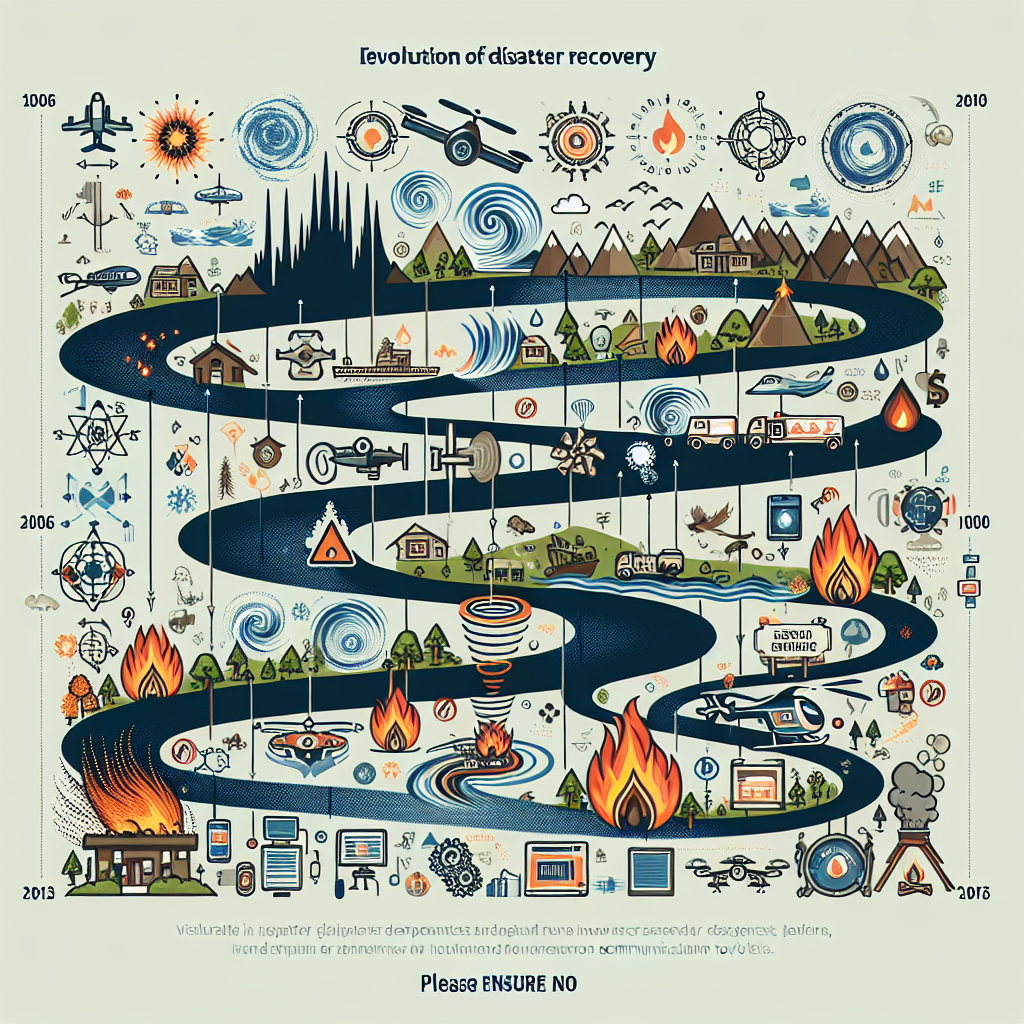Managed services have come a long way since their inception, evolving to meet the ever-changing needs of businesses in an increasingly digital world. From basic IT support to comprehensive cybersecurity solutions, managed services providers (MSPs) have become an essential part of many organizations’ operations. In this article, we will explore the evolution of managed services and what businesses need to know about this rapidly growing industry.
The concept of managed services can be traced back to the late 1990s, when businesses started outsourcing their IT needs to third-party providers. This allowed organizations to focus on their core business activities while leaving the management of their IT infrastructure to experts. Initially, managed services mainly focused on basic IT support, such as network monitoring, software updates, and help desk services.
However, as technology continued to advance, the scope of managed services expanded to include a wide range of services, including cloud computing, cybersecurity, data backup and recovery, and IT consulting. Today, MSPs offer a comprehensive suite of services to help businesses navigate the complex and ever-changing digital landscape.
One of the key drivers behind the evolution of managed services is the increasing complexity of technology. With the rise of cloud computing, big data, and the Internet of Things (IoT), businesses are facing new challenges in managing their IT infrastructure. MSPs have stepped in to provide the expertise and resources needed to navigate these challenges, offering tailored solutions to meet the unique needs of each organization.
Another factor driving the evolution of managed services is the growing threat of cyberattacks. As cybercrime becomes more sophisticated, businesses need to invest in robust cybersecurity measures to protect their data and systems. MSPs play a crucial role in helping organizations defend against cyber threats, offering services such as network security, threat detection, and incident response.
In addition to technology and cybersecurity, managed services have also evolved to address the changing needs of businesses in terms of scalability and flexibility. With the rise of remote work and the gig economy, organizations are looking for agile solutions that can adapt to their changing workforce and business requirements. MSPs offer scalable services that can grow with a business, allowing organizations to easily scale up or down as needed.
So, what do businesses need to know about the evolution of managed services? Firstly, it is important to understand that managed services are not just about IT support – they encompass a wide range of services that can help businesses streamline their operations, boost productivity, and enhance their security posture. By partnering with an MSP, organizations can access the expertise and resources needed to stay competitive in today’s digital world.
Secondly, businesses should carefully evaluate potential MSPs to ensure they are choosing a provider that aligns with their unique needs and objectives. Look for a provider that offers a comprehensive suite of services, has a proven track record of success, and has experience working with businesses in your industry.
In conclusion, the evolution of managed services has transformed the way businesses manage their IT infrastructure, cybersecurity, and overall operations. By understanding the changing landscape of managed services and partnering with the right provider, organizations can leverage the expertise and resources needed to thrive in today’s digital economy.










You must be logged in to post a comment.